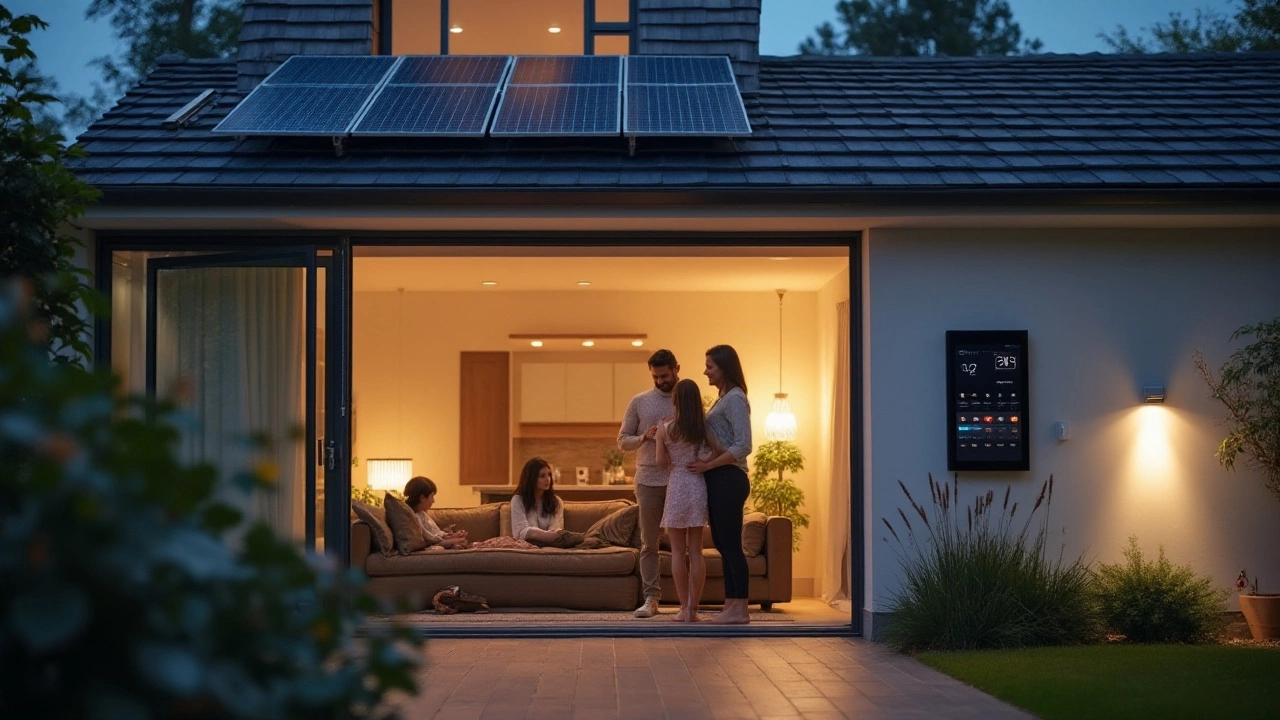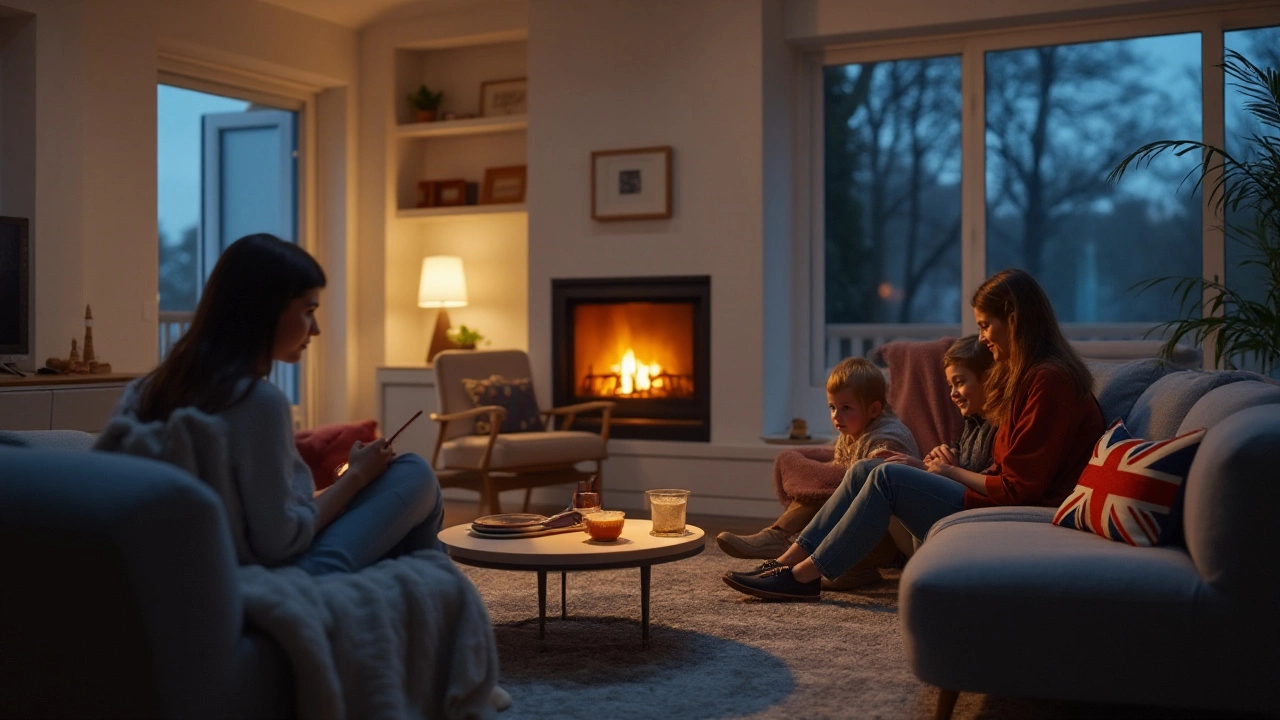Smart devices make life easier, but they also open a door for unwanted eyes. If you’ve added a camera, a smart lock, or a voice assistant, you’re already part of the connected world. That’s great – as long as you keep those gadgets locked down. In this guide we’ll walk through the biggest risks and the easiest fixes, so you can enjoy the convenience without worrying.
First, let’s see what can go wrong. Most people think the danger is only big‑brand hacks, but everyday mistakes are just as risky. Weak Wi‑Fi passwords let strangers hop onto your network. Unencrypted traffic lets hackers sniff your commands. And default admin usernames (like “admin/admin”) are an open invitation.
Another blind spot is third‑party apps. When you give a weather widget permission to control your thermostat, you’re trusting code you never wrote. If that app gets compromised, your heat could be turned off or your door could be unlocked. Finally, many devices forget to update firmware, leaving known bugs unpatched.
Now the good part – fixing those problems is surprisingly simple. Start by changing every default password to something long and random; a password manager can generate and store them for you. Next, set up a separate guest network for all IoT gadgets. That way, even if a camera is breached, the intruder can’t reach your laptop or banking apps.
Keep your router’s firmware up to date, and enable WPA3 encryption if your hardware supports it. For devices that only support older standards, consider a dedicated firewall or a Zigbee hub that isolates them from the main Wi‑Fi.
Turn on automatic updates for all smart devices. If a manufacturer doesn’t offer that, schedule a monthly check to install the latest patches manually. When you add a new gadget, read the privacy settings. Disable any features you don’t use – like remote video storage or voice recording – to shrink the attack surface.
Finally, use two‑factor authentication (2FA) on every account linked to your home. Whether it’s your smart lock app or your cloud video storage, a second step makes it much harder for a thief to get in.
Keeping a smart home secure is less about buying expensive gear and more about good habits. Change passwords, segment your network, keep software fresh, and lock down accounts with 2FA. Follow these steps and you’ll enjoy the convenience of a connected house without the constant worry of a breach.

Picking the best security camera brand means thinking about reliability, features, and how easy it is to use. This article compares the top contenders and shares what really sets the leaders apart this year. Get tips on what to look for before buying, plus some surprising industry trends. Find out which brand claims the No. 1 spot and why users are sticking with it. Whether you’re a tech newbie or a gadget lover, get practical advice for keeping your home safer.

Smart home systems promised to revolutionize home security but have they lived up to the hype? This article looks into the journey of smart home technology, from its rapid rise to the challenges it now faces. Discover what went wrong, if it's still worth the investment, and tips for maximizing your current setup.

With the rise of smart home technology, the demand for reliable home monitoring systems is continuously growing. Understanding the costs associated with these systems can help homeowners make informed decisions that suit their security needs and budget. This article delves into various factors affecting the pricing of home monitoring systems, including equipment, installation, and subscription fees. Additionally, readers will discover cost-effective strategies to enhance home security without breaking the bank. By exploring these insights, homeowners can find a balance between advanced technology and practicality.

Setting up a home security system involves various costs influenced by factors such as the type of system, the number of components, and whether you choose a professional installation or a DIY setup. This article explores different home security options, the associated costs, and provides practical tips for potential buyers. It breaks down the elements impacting pricing, giving you the tools to make informed decisions. Enjoy a detailed look into what modern home security entails.

Wireless cameras are increasingly popular in smart homes, leading to questions about their impact on Wi-Fi consumption. These devices connect to your home's network to stream and store footage, which can affect your bandwidth. Understanding how these cameras use Wi-Fi and managing their activity can help you optimize network performance. Discover practical tips to reduce Wi-Fi strain while maintaining robust home security.

With the rise of technology, smart home security systems have transformed how we approach safety. These sophisticated devices offer seamless integration, real-time alerts, and remote monitoring, promising peace of mind. Yet, potential buyers often wonder if they’re worth the investment. This article delves into the value of smart security systems by examining their benefits, potential drawbacks, and practical considerations for homeowners.

The rise of smart home technologies has significantly impacted property values. Equipped with connected devices and heightened security features, homes can see an increase in their market appeal. These systems not only promote peace of mind but also enhance energy efficiency and provide convenience, enticing potential buyers. Embracing smart technology in residential spaces may just redefine the rules of real estate.

When deciding whether to switch from ADT to Vivint for your smart home security needs, it's essential to weigh different aspects including pricing, features, and customer service. ADT remains a popular choice with a long-standing reputation in home security, while Vivint is recognized for its modern technology and flexibility. This article will explore key differences between these two providers, help you understand potential benefits, and guide your decision-making process tailored to your personal security needs. Whether you're prioritizing cutting-edge technology or prefer a more traditional approach, this guide aims to illuminate your best path forward.